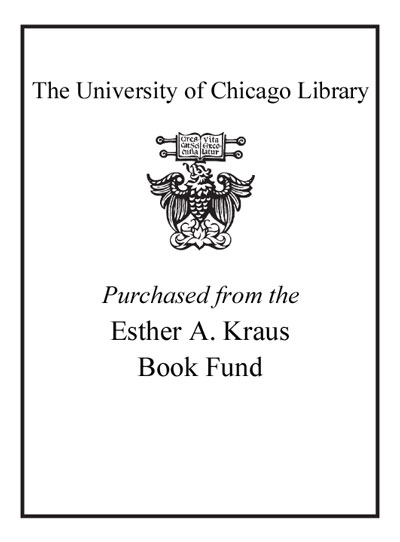The world I was born into has changed forever. For the first ten years of my life, I travelled only by dog team. As the youngest child of four on our family hunting and ice fishing trips, I would be snuggled into warm blankets and fur in a box tied safely on top of the qamutiik , the dogsled. I would view the vast expanses of Arctic sky and feel the crunching of the snow and the ice below me as our dogs, led by my brothers, Charlie and Elijah, carried us safely across the frozen land. I remember just as vividly the Arctic summer scenes that slipped by as I sat in the canoe on the way to our hunting and fishing grounds.The world was blue and white and rocky, and defined by the things that had an immediate bearing on us--the people who helped and cared for us, the dogs that gave us their strength, the water and land that nurtured us. The Arctic may seem cold and dark to those who don't know it well, but for us a day of hunting or fishing brought the most succulent, nutritious food. Then there would be the intense joy as we gathered together as family and friends, sharing and partaking of the same animal in a communal meal. To live in a boundless landscape and a close-knit culture in which everything matters and everything is connected is a kind of magic. Like generations of Inuit, I bonded with the ice and snow. Those idyllic moments of my childhood seem very far away these days. Today, while dog teams, qajaq s (kayaks) and canoes are at times still used to move out onto the Arctic land and water, snow machines are more common than dogs, and the hum of fast-moving powerboats is now heard on Arctic waters. All of our communities now have airports, medical clinics and schools, with some having hospitals, television stations, daycares and colleges. Our people still hunt and fish, sew and bead, but they are also nurses, lawyers, teachers, business people and politicians. The Arctic is a different place than it was when I was a child. And while many of the changes are positive, the journey into the modern world was not an easy one--and it has left its scars. In a sense, Inuit of my generation have lived in both the ice age and the space age. The modern world arrived slowly in some places in the world, and quickly in others. But in the Arctic, it appeared in a single generation. Like everyone I grew up with, I have seen ancient traditions give way to southern habits. I have seen communities broken apart or transformed dramatically by government policies. I have seen Inuit traditional wisdom supplanted by southern programs and institutions. And most shockingly, like all my fellow Inuit, I have seen what seemed permanent begin to melt away. The Arctic ice and snow, the frozen terrain that Inuit life has depended on for millennia, is now diminishing in front of our eyes. Excerpted from The Right to Be Cold: One Woman's Story of Protecting Her Culture, the Arctic and the Whole Planet by Sheila Watt-cloutier All rights reserved by the original copyright owners. Excerpts are provided for display purposes only and may not be reproduced, reprinted or distributed without the written permission of the publisher.

